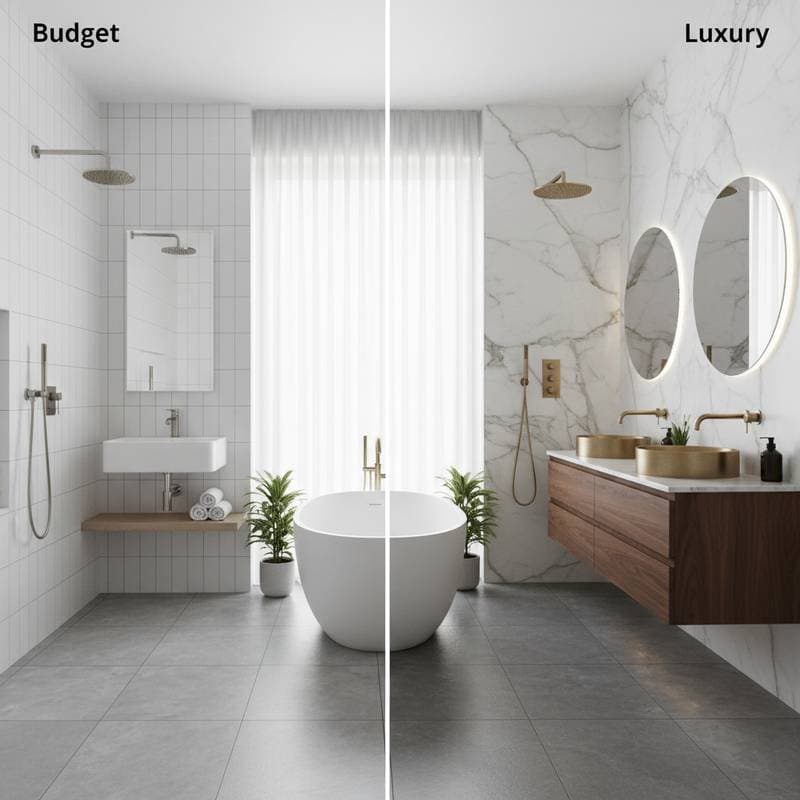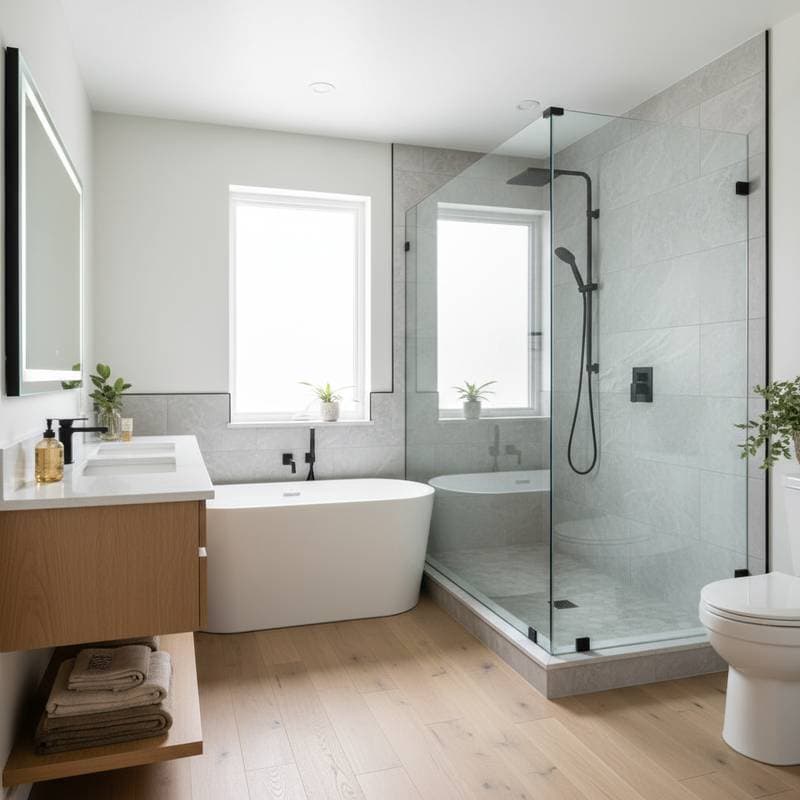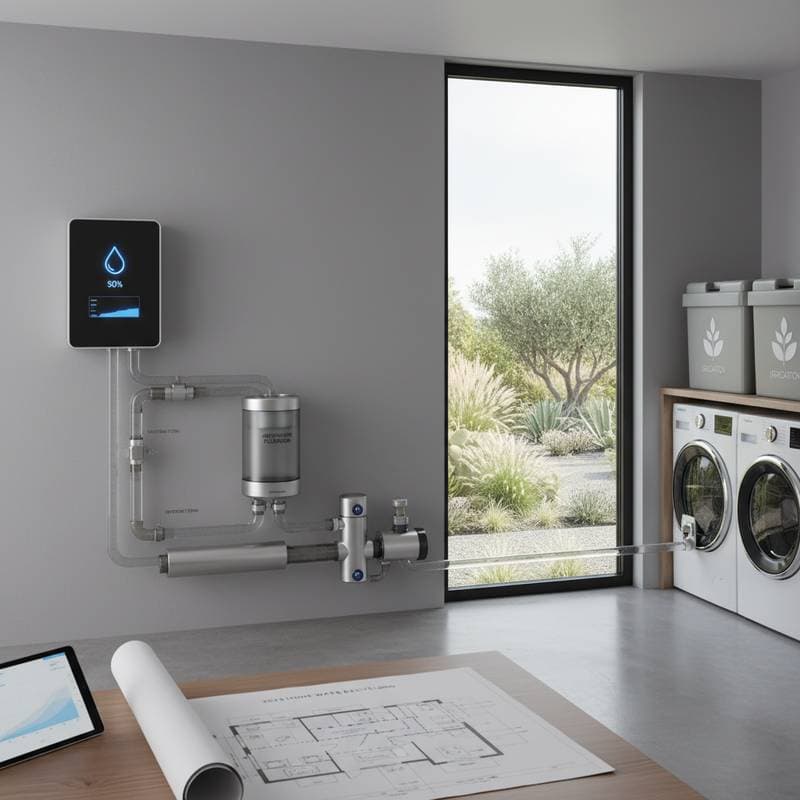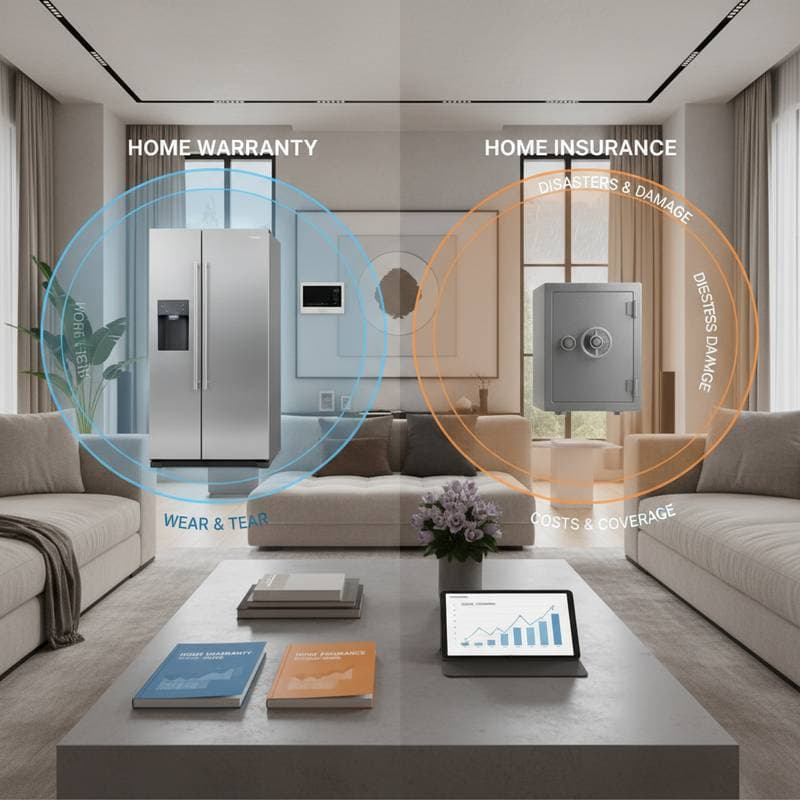Understanding 2025 Bathroom Remodel Costs by Size
Bathroom renovations rank among the most impactful home improvements. These projects enhance daily comfort, boost operational efficiency, and elevate overall property worth. However, factors such as room dimensions, configuration, and selected materials significantly determine the total expenditure. By examining costs relative to square footage, homeowners gain the tools to develop an accurate financial plan and sidestep unforeseen expenses during execution.
Small Bathroom Remodels: Precision in Compact Areas
Small bathrooms, generally measuring less than 40 square feet, range in cost from basic updates at around $3,000 to full overhauls exceeding $10,000. Labor expenses often intensify in these confined areas, where workers navigate limited access and demand exact measurements for installations. Precision becomes essential to integrate fixtures without compromising usability or aesthetics.
Breakdown of typical expenses:
- Fixtures: Allocating 40 to 50 percent of the budget covers replacements like a low-flow toilet ($200 to $400), pedestal sink ($150 to $300), and compact shower unit ($800 to $1,500).
- Tile and flooring: Vinyl or ceramic options keep material costs under $500, though custom mosaic patterns may push this to $1,000 or more.
- Lighting and ventilation: Install LED moisture-resistant lights ($50 to $200 each) and a quiet exhaust fan ($100 to $300) to combat humidity and mold growth.
Homeowners achieve savings by restoring existing elements, such as applying a professional reglaze to a bathtub for $300 to $500 instead of a $2,000 replacement. Individuals with basic skills might tackle tasks like cabinet refinishing or simple grout replacement, yet structural modifications demand certified plumbers or electricians to ensure safety and compliance.
Medium Bathroom Remodels: Optimizing Space for Everyday Use
Medium-sized bathrooms, spanning 40 to 100 square feet, typically incur costs between $10,000 and $25,000, depending on the scope of changes. These spaces allow for practical enhancements that blend form and function, such as improved storage or subtle layout adjustments. The key lies in selecting upgrades that align with long-term needs without unnecessary extravagance.
Primary elements influencing the budget:
-
Layout modifications: Relocating a sink or shower involves plumbing adjustments that add $1,500 to $5,000, including permits and inspections.
-
Material selections: Opt for durable quartz surfaces ($50 to $100 per square foot) or engineered wood vanities ($800 to $2,000) to balance quality and affordability.
-
Functional additions: Incorporate recessed shelving ($200 to $600) or a rainfall showerhead ($150 to $400) to elevate the user experience.
Surveys from design platforms indicate that mid-level renovations yield up to 70 percent return on investment through features like neutral color palettes and water-saving appliances. Engage a designer early ($500 to $1,500 fee) to map out efficient workflows, especially for families anticipating extended occupancy in the property.
Large Bathroom Remodels: Designing for Luxury and Durability
Bathrooms exceeding 100 square feet command budgets from $25,000 to $60,000 or higher, reflecting greater opportunities for customization. Ample area supports elaborate setups, including separate zones for soaking and grooming. The emphasis falls on integrating high-quality components that withstand frequent use while contributing to the home's resale appeal.
Anticipated expense categories:
- Structural alterations: Framing expansions or ductwork revisions can contribute $5,000 to $15,000, necessitating engineering reviews.
- Premium finishes: Marble slab countertops ($100 to $200 per square foot) and rain glass enclosures ($1,000 to $3,000) enhance elegance but require expert handling.
- Technology integrations: Add underfloor heating systems ($1,000 to $4,000) or voice-activated mirrors ($300 to $800) for modern convenience.
Professional oversight proves indispensable for these endeavors. Coordinate teams of specialists to address waterproofing layers and adhere to building codes, thereby minimizing liabilities like moisture intrusion or electrical hazards.
Developing a Solid Budget Framework
Effective budgeting applies universally across bathroom scales. Allocate 10 to 15 percent of the total for contingencies, such as discovering corroded pipes or asbestos in older structures. Solicit detailed proposals from at least three contractors, specifying labor, materials, and timelines to facilitate comparisons.
Phased approaches suit tighter finances: Begin with cosmetic refreshes like hardware swaps ($100 to $500) or backsplash installation ($300 to $800), then advance to core systems. This method delivers incremental improvements while preserving cash flow.
Safeguarding Your Renovation Long-Term
Post-completion care extends the lifespan of your investment. Apply pH-neutral cleaners weekly to grout lines and fixtures, preventing buildup and discoloration. Schedule annual inspections for sealant integrity around edges, replacing deteriorated sections promptly to avert water damage.
Invest in programmable humidity monitors ($50 to $150) to automate ventilation, ensuring consistent air circulation. Through meticulous preparation, judicious selections, and ongoing vigilance, a bathroom renovation aligns with personal preferences and fiscal parameters, fostering enduring satisfaction and property enhancement.





